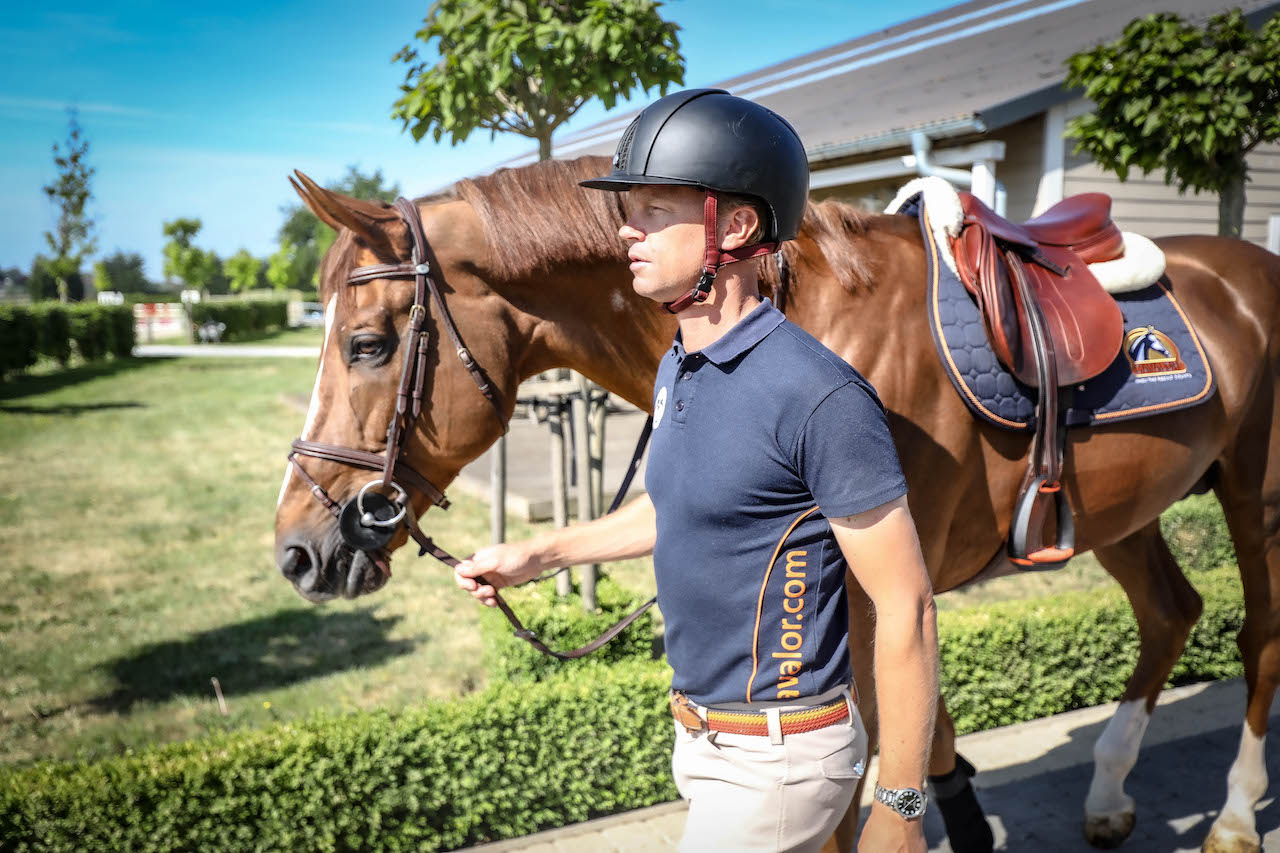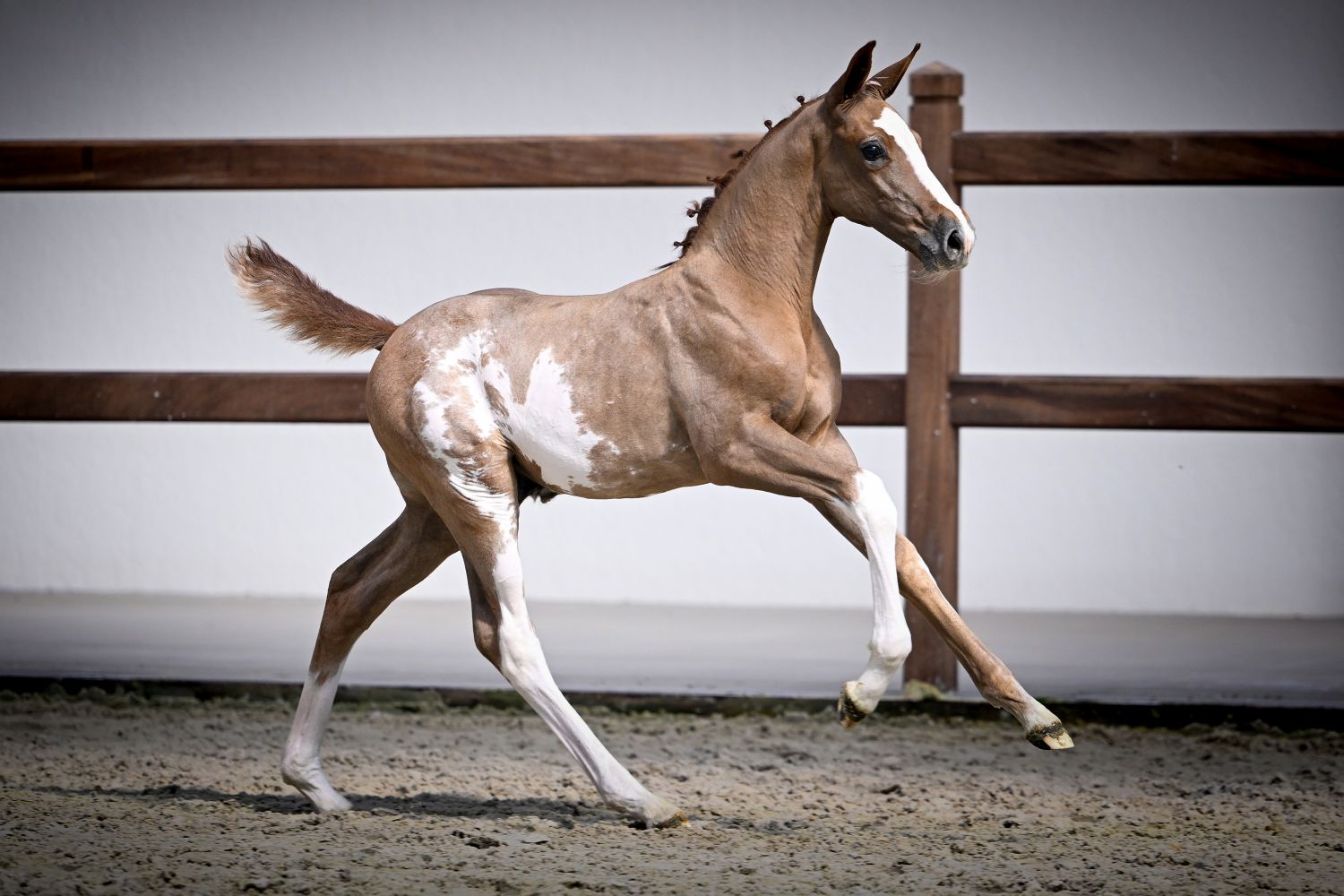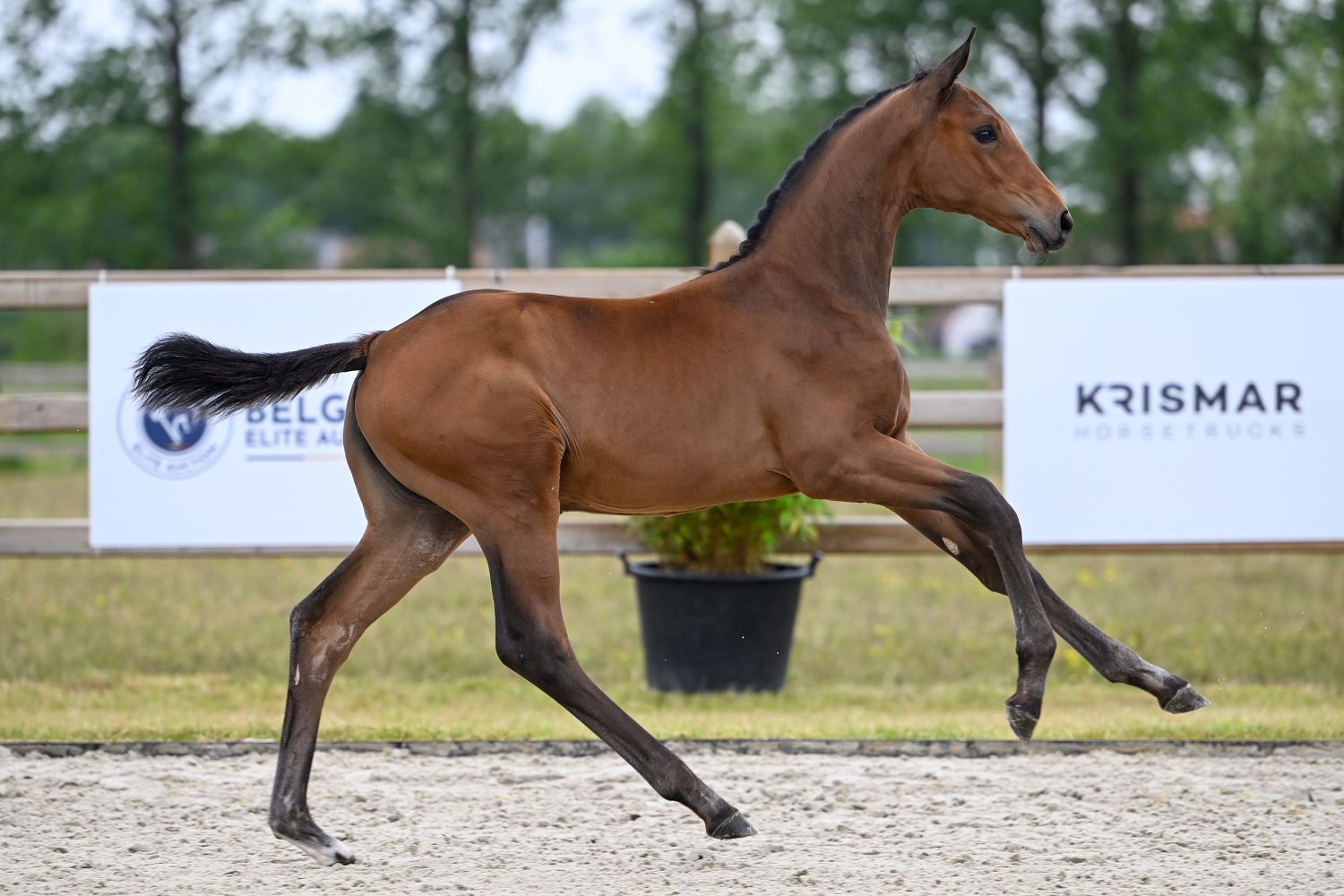With confinement behind us, how can we best prepare our horses for the reopening of competitions? And what lessons can be learned from the crisis in terms of horse management – especially with regards to their well-being? Read on for answers from Cavalor and the FEI.
With competition season getting underway, how best can you prepare your horses for a successful return to the track? What training program should you implement? How can you optimize your horses' diet? To what extent should you think about applying the notion of social distancing to horses – themselves the targets of certain viruses'? The International Fédération Équestre Internationale and official partner Cavalor – a world leader in equine nutrition – have some answers to these crucial questions.
“Everybody in our industry really need to realize that compliance with biosecurity rules is critical to protecting humans and horses”, Göran Akerström
Throughout the month of May, countries around the world started rolling out their deconfinement strategies, so life in the stables was able to start taking its normal course again. And this month of June will see competition resume slowly, but surely. Horses can thus not only train again – they will also start spending time on the road. Göran Akerström, FEI Veterinary Director, stresses caution and safety: “It is important to be careful. The virus affects everyone, from the riders to their loved ones, to officials and the public. The FEI has issued instructions for all organizing committees, it is everyone’s responsibility respect them in order to protect themselves and others, and thus resume competition in healthy, safe conditions.”
And this is all the more important since the notion of viral infection does not only concern humans. Peter Bollen, founder and CEO of Cavalor, points out a crucial point: “One of the biggest problems encountered by horses in competition is viral infections: horses in contact with each other catch all sorts of viruses that affect their immune systems, causing them to underperform. 'Thanks' to Covid-19, people are starting to understand that horses – who have experienced significantly less health concerns during confinement because of their usual isolation – must also respect social distancing when they are outside their stables. Riders, grooms and owners are responsible for this.” Akerström takes the opportunity to recall some essential rules: “Horses from different stables should not be in contact, and it is ideal that when travelling, the horse boxes of visiting horse's boxes remains far from those staying on site permanently. It is also imperative that all humans around them wash their hands as often as possible. Remember that horses are constantly handled, and that unwashed hands are an efficient means of spreading viruses and bacteria, while also increasing the risk of contamination with prohibited substances.”
Returning to the track safely is one thing. Getting back to competition in an intelligent manner is another. Dr Emmanuelle van Erck, a European veterinary expert in respiratory diseases and consultant at Cavalor, provides a rational view of the situation: “This recovery must be carried out smoothly, we must give the horses time to re-acclimatize, at their own pace, to competition. In addition, it should be seen as an opportunity to take inventory, to make sure that you are ready, to see if there are still small adjustments to be fine-tuned. Making a clear round is all well and good, but is the horse in good enough shape? How does it recover from its first rounds? How does it, after an unusually long period spent at home, take to being transported, to new environments? Is it stressed? How's its mental state?” Gradually, small but necessary adjustments can be made, so that horses are quickly able to compete “as before”, at the peak of their physical and mental form.
On the other hand, depending on the training opportunities they had during confinement, not all horses will be ready to hit the season in the same way. Peter Bollen makes a distinction: “The horses that have continued to work daily will of course be readier than those that have been put to partial or complete rest. We must remember that the latter will already need as much time to get back to their optimal shape as the time they spent 'on vacation.'"
Getting back in shape inevitably means dietary changes. Peter Bollen explains: “Horses that will be returning to an intense workload after a resting phase will have to be gradually reintroduced to a proper pace of feeding – over the course of about a month. In terms of nutrition, they will need more lipids (energy for long lasting work). Conversely, resuming competition as soon as the season reopens for horses that have stayed at work will require an increased supply of explosive energy, through more carbohydrates. It will also be advisable to give them supplements to support the joints and muscles." Emmanuelle Van Erck agrees, insisting on the notions of immunity and hydration: "The fact of being in competition again – and in a very crowded environment – after a period of very quiet, calm confinement can take a sudden toll on our horses' immune systems and increase the risk of gastric ulcers. That is why I recommend a round of vitamin C, vitamin E and fatty acid (omega 3) supplements. Not to mention electrolytes: summer is coming, horses will sweat, and so it will be necessary to compensate for optimal hydration.”
In the same way that the FEI and its official partner Cavalor, have come together to accompany every rider, professional, every horse woman and man during containment, they are mobilizing today to allow all competitors – professional and amateur alike – to return to the track successfully, safely, and always with the welfare of horses front of mind.
Picture: Sebastien Boulanger for Cavalor



